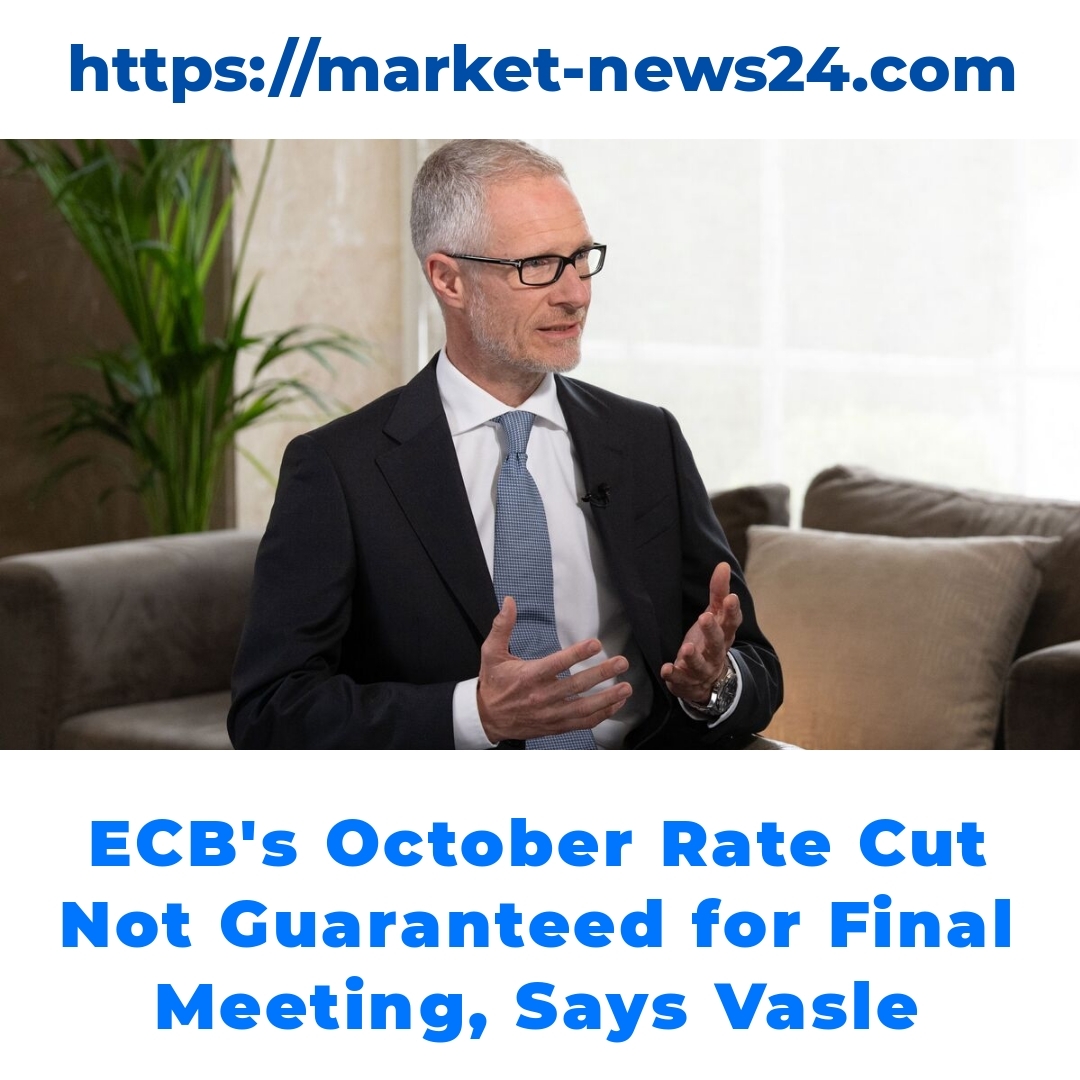The financial landscape in Europe is currently marked by uncertainty, prompting discussions on reducing interest rates. This article examines the critical role of the European Central Bank (ECB) and its Governing Council in determining these rates, along with insights into recent economic developments and future predictions that could shape the continent’s economic outlook.


Understanding the Role of the European Central Bank
The European Central Bank (ECB) plays a pivotal role in the economic landscape of Europe. Its primary mandate is to maintain price stability and ensure the smooth functioning of the financial system. The ECB’s Governing Council is essential in decision-making regarding interest rates. This council is composed of the central bank governors from the eurozone countries, along with the ECB’s Executive Board members.
Their meetings are significant events in the economic calendar, where decisions about interest rates are made, influencing everything from loans to savings across the continent. The impacts of these decisions are felt not just in Europe but around the world, as they shape the economic outlook and can affect global markets.
Recent Developments: October Interest Rate Considerations
In recent discussions, particularly around the October meetings, Bostjan Vasle, a member of the Governing Council, highlighted the uncertainty surrounding future interest rate cuts. His commentary sheds light on the complexities involved in making these crucial decisions, especially given the current economic context. With rising inflation and the lingering effects of global economic challenges, the conversations about reducing interest rates are more pertinent than ever.
It’s essential to monitor these developments, as they could greatly influence financial planning and investment strategies for businesses and individuals alike.
Economic Implications of Reducing Interest Rates
Now, let’s talk about the economic implications of reducing interest rates. Lowering interest rates can lead to a decrease in inflation rates, which often encourages spending and investment. When borrowing costs are lower, businesses might take out loans for expansion, while consumers may feel more inclined to finance larger purchases, stimulating overall economic growth.
However, there are risks involved. If interest rates are cut too aggressively, it could lead to overheating in the economy and trigger inflation spikes that might be difficult to control. This feedback loop between interest rate policy and the economic outlook is why the Governing Council carefully weighs its options before making significant changes.
Looking Ahead: Predictions for the Final Meeting of the Year
As we approach the final meeting of the year, all eyes are on the ECB’s strategy and how it plans to address the ongoing economic concerns. The impact of reducing interest rates in Europe can be profound, potentially reinvigorating a sluggish economy. Analysts are keen to hear the European Central Bank interest rate predictions for 2023, as this will set the stage for future financial stability.
The murmurs around possible rate adjustments could also influence market sentiment and consumer confidence, playing a crucial role in shaping economic expectations for the next year.
Perspectives from Governing Council Members on Monetary Policy
Within the Governing Council, perspectives on interest rate strategies can vary significantly. Bostjan Vasle offers a balanced viewpoint, emphasizing the need for caution given the unpredictable nature of the current environment. The diversity of opinions among council members adds a layer of complexity to monetary policy discussions, influencing the final decisions made.
Contrasting views can lead to spirited debates about the best path forward, and these discussions are vital for ensuring economic stability. Monitoring these insights can provide a clearer picture of how the ECB intends to navigate future monetary policies.
Conclusion
In summary, reducing interest rates is a critical decision that the European Central Bank must approach with care. The implications of such cuts could resonate throughout the economy, impacting everything from inflation rates to individual financial planning. As we await the ECB’s decisions in October and the final meeting of the year, it’s important to stay informed about how these actions could shape the economic landscape.
Understanding the discussions, particularly those influenced by members like Bostjan Vasle, helps us grasp the delicate balance the Governing Council must strike. So, keep an eye on the ECB’s future decisions, as they will undoubtedly have lasting impacts on our economic outlook and financial well-being.
FAQ
What is the main role of the European Central Bank (ECB)?
The primary role of the ECB is to maintain price stability and ensure the smooth functioning of the financial system across the eurozone. Its decisions on interest rates have far-reaching impacts on loans, savings, and economic stability both in Europe and globally.
How does the Governing Council influence interest rates?
The ECB’s Governing Council, which includes the central bank governors from eurozone countries and members of the ECB’s Executive Board, makes crucial decisions on interest rates. Their meetings are significant events where these decisions are made, impacting financial situations for individuals and businesses.
What factors are considered when discussing interest rate cuts?
- Current inflation rates
- Global economic challenges
- The potential for stimulating economic growth
- Risks of overheating the economy
Why are October meetings particularly important for interest rates?
October meetings are crucial as they help set the direction for the final strategy of the year. Analysts and markets closely watch for hints on interest rate predictions, which can significantly affect economic sentiment and future financial stability.
What are the possible effects of lowering interest rates?
Lowering interest rates can:
- Encourage spending and investment by decreasing borrowing costs
- Stimulate overall economic growth
However, if rates are cut too much, it could lead to inflation spikes, making it harder to control prices.
How do different perspectives within the Governing Council affect monetary policy?
Members of the Governing Council may have different viewpoints on interest rate strategies. This diversity leads to important discussions that help shape sound monetary policy. Perspectives, like those shared by Bostjan Vasle, emphasize the need for caution, especially in unpredictable economic times.





